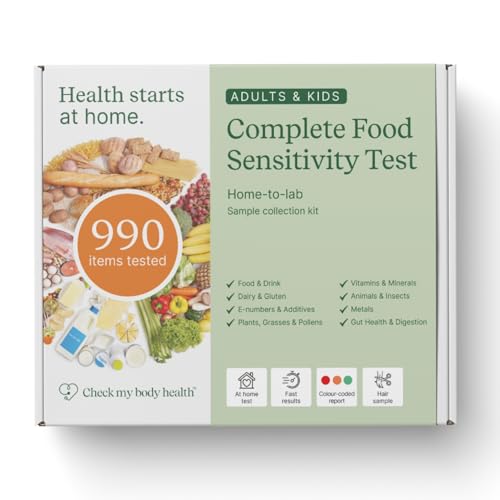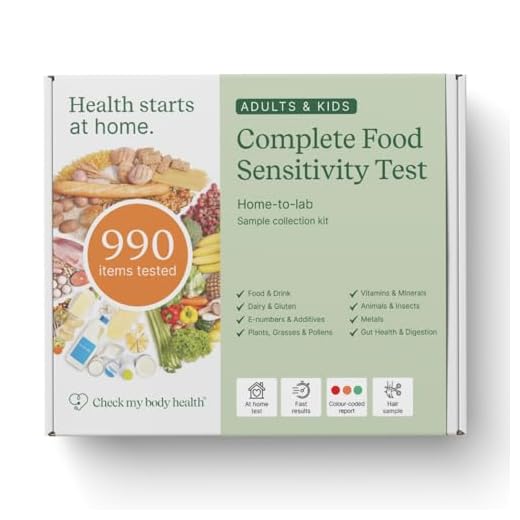







If your furry companion shows signs of discomfort after consuming milk or cheese, it’s essential to switch to alternative sources of nutrition. Many pets struggle to digest dairy products due to insufficient enzyme production. Identifying these symptoms early can lead to a more comfortable and healthier life for your pet.
Start by eliminating all dairy items from your pet’s diet. This includes not only milk but also yogurt and various cheeses. Instead, consider introducing specially formulated pet foods that are free from dairy. There are plenty of options available that provide complete nutrition without causing digestive distress.
Additionally, you might want to explore non-dairy treats. Options like sweet potatoes or pumpkin can be nutritious and enjoyable for your pet. Always ensure that any new food is introduced gradually to prevent gastrointestinal upset. Keeping a close eye on your pet’s reactions can help you tailor their diet effectively.
Consulting a veterinarian is a wise step if you suspect your pet’s sensitivity is severe. They can recommend specific dietary plans or supplements to aid digestion. Remember, the well-being of your pet is paramount, and making these changes can lead to a happier, healthier life for them.
Tips for Managing Dairy Sensitivity in Canines
Switch to non-dairy alternatives for snacks and treats. For instance, consider pumpkin puree or sweet potatoes, both of which are nutritious and safe. Always check labels when selecting commercial products, as some may contain hidden dairy components.
Monitoring Diet
Keep a detailed food diary to track your canine’s responses to different ingredients. This can help identify any foods that lead to discomfort. Introduce new items gradually, allowing you to observe any adverse reactions. Regular consultations with a vet can also provide tailored dietary plans based on your pet’s needs.
Choosing Suitable Nutrition
Select high-quality food that aligns with your pet’s dietary restrictions. Refer to a best dog food ingredients list for guidance on optimal options. Focus on foods that contain easily digestible proteins and beneficial ingredients without dairy. Adjust portion sizes according to your dog’s weight and activity level to maintain a healthy balance.
Identifying Symptoms of Lactose Intolerance in Dogs
Watch for gastrointestinal upset after your pet consumes dairy. Common signs include excessive gas, bloating, and loose stools. If you notice these symptoms occurring consistently after your dog enjoys cheese or milk, it’s a strong indicator of a problem.
Other Observable Signs
Pay attention to your furry friend’s behaviour. If they seem unusually restless or anxious following a dairy treat, it might be linked to discomfort. Additionally, vomiting can occur in some cases, so keep an eye out for this symptom too.
Monitoring Dietary Reactions
Keeping a food diary can be beneficial. Note what your pet eats and any subsequent reactions. This practice will help you pinpoint troublesome foods and could assist your vet in determining the best approach for your canine companion.
If you see multiple signs, it’s wise to consult a veterinarian for a thorough evaluation. Early identification can lead to better management of your pet’s dietary needs.
Choosing Lactose-Free Alternatives for Your Dog’s Diet
Opt for specially formulated kibble or wet food labelled as dairy-free. Brands like Blue Buffalo and Wellness offer options that cater to sensitive stomachs. Always check the ingredient list to ensure there are no hidden dairy components.
Homemade Treats
Creating your own snacks can be a fun bonding activity. Try using peanut butter (ensure it’s xylitol-free), pumpkin puree, or sweet potatoes. Here’s a simple recipe:
- 1 cup of oat flour
- 1/2 cup of pumpkin puree
- 1/4 cup of peanut butter
- 1 egg
Mix all ingredients, roll into small balls, and bake at 180°C for 20 minutes.
Dairy Substitutes
For those occasional creamy treats, consider alternatives like coconut yoghurt or almond milk. These can be great for mixing into food or as a refreshing snack. Just make sure they don’t contain additives that could upset your pet’s stomach.
- Coconut yoghurt: Rich in healthy fats and probiotics.
- Almond milk: Low in calories and can be mixed into meals.
- Goat’s milk: Some pets tolerate it better than cow’s milk.
Always introduce new foods gradually. Monitor your companion for any reactions, and consult your vet if you’re unsure about any ingredients.
Implementing a Gradual Diet Change for Lactose-Intolerant Pets
Introduce new food items slowly over a week to minimise digestive upset. Start by mixing a small amount of the lactose-free alternative with your pet’s regular meals. Gradually increase the proportion of the new food while decreasing the old one. This method allows their system to adjust without causing distress.
Sample Transition Plan
| Day | Regular Food (%) | Lactose-Free Alternative (%) |
|---|---|---|
| 1 | 90 | 10 |
| 2 | 80 | 20 |
| 3 | 70 | 30 |
| 4 | 60 | 40 |
| 5 | 50 | 50 |
| 6 | 40 | 60 |
| 7 | 30 | 70 |
| 8 | 20 | 80 |
| 9 | 10 | 90 |
| 10 | 0 | 100 |
Monitoring Progress
Throughout this process, observe your furry friend’s reactions. Any signs of discomfort, such as bloating or unusual behaviour, may signal the need for further adjustments. If your companion shows any adverse reactions, slow down the transition or consult a veterinarian for guidance.
Monitoring Your Dog’s Health After Dietary Adjustments
Keep a close eye on your companion’s behaviour and physical condition after altering their feeding routine. Regularly check for any changes in their energy levels, coat quality, and overall disposition. A sudden drop in energy or a dull coat can indicate that something isn’t right.
Track their eating habits meticulously. If your furry friend suddenly becomes disinterested in food or starts eating less, it might signal an issue. It’s also wise to monitor their bathroom habits. Diarrhoea or inconsistent stools can be a clear sign that their new meal plan isn’t suiting them.
Consider maintaining a journal to document these observations. Record details such as food intake, any signs of discomfort, and behavioural changes. This can be invaluable for discussions with your veterinarian. If you notice persistent issues, it’s crucial to consult a professional who understands your pet’s nutritional needs.
Routine veterinary check-ups should remain a priority. Regular health assessments can help catch any underlying problems early. Your vet may suggest specific tests if they suspect any adverse reactions to the new diet.
Lastly, be patient during this transition. It may take time for your canine friend to adjust fully. Stay attentive and proactive in monitoring their health, and don’t hesitate to reach out for help if something seems amiss. Your attentiveness can make all the difference in ensuring their well-being.






